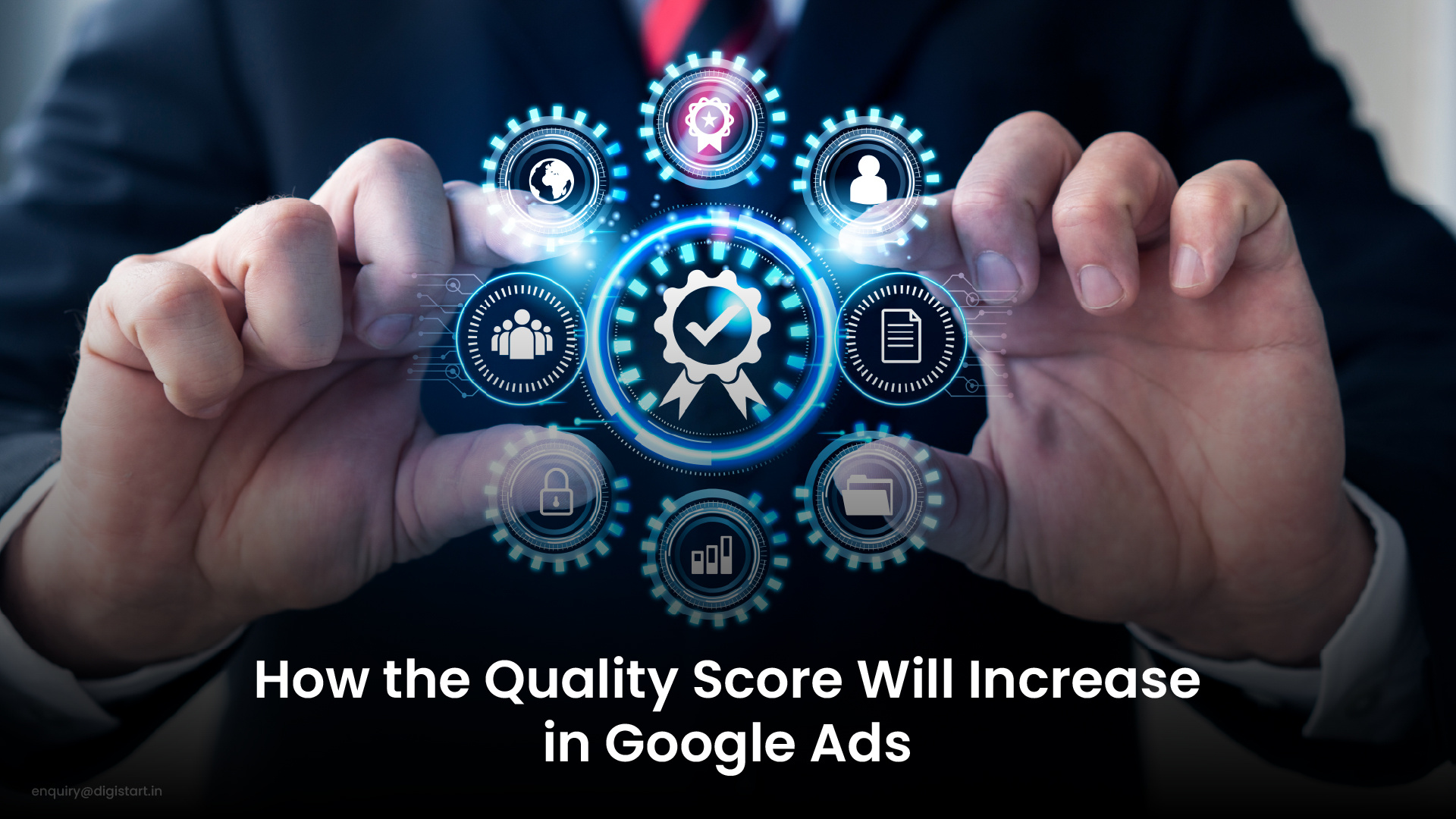 29 Aug 2023
29 Aug 2023
Even with strong PR, search, and social presence, the majority of site visitors do not convert on their first visit. That is where, remarketing comes into play.
You may have observed the company's ad following you across the Internet after visiting a retail website, news stories, review websites, and blogs. Although it appears to be an ordinary display ad, it is in fact a retargeting ad.
What is remarketing?
Remarking, sometimes known as retargeting, is a marketing approach that uses customized ad campaigns to target people who have already demonstrated an interest in your company. This normally indicates that the user has visited your website, but it can also include additional behaviors, such as interacting with one of your advertisements. This hypothetical example provides an inside look at what remarketing is, how it operates, and why your firm should implement it. Recently, you broke your laptop's display.
You broke it in two when you stepped on it by mistake. You begin investigating new computers, and then laptop advertisements are everywhere. On Facebook, Google, and that matching game, you use your mobile device.
Is someone stalking you? No, no one is following you, but the laptop websites you visited remember you and want you to return to make a purchase. All of this is part of a remarketing plan, and it is tremendously beneficial for firms in any industry.
Your company's marketing team can broaden its reach and enhance conversions and sales with advertising tailored precisely for individuals who have already viewed your products or services.
Types of remarketing
1. Standard Remarketing
In this type of retargeting, display advertisements are presented to previous users of a website when they visit other websites that use Google Display Network apps and several social media platforms.
When comparable keywords are searched for, standard remarketing ads also appear on the search engine results page.
2. Adaptive Remarketing
Dynamic remarketing is accomplished by providing tailored advertisements to consumers based on the products or services they previously searched for or viewed on a website.
The user is eventually persuaded to purchase the specific service or product being marketed.
3. Mobile Apps Remarketing
Mobile app retargeting is the practice of targeting individuals who have previously visited your mobile app through advertising campaigns. To urge mobile customers to re-install, re-engage, or make a transaction, you can deliver tailored adverts based on their individual activity.
4. Search Engine Ads Remarketing
Displaying advertisements to people who search for a service or product.
5. Video Remarketing
Video retargeting offers advertisements to individuals who have already viewed your YouTube channel or other videos.
Benefits of Remarketing Campaigns
A high level of personalization
Through remarketing, you may approach an audience on a more personal level and customize your adverts, hence increasing the likelihood of conversion.
Expand your audience
Remarketing allows you to reach a larger audience by displaying your adverts on numerous ad networks and social media platforms, allowing you to target brand-interested individuals.
Create a unique brand identity
Through remarketing, your audience is repeatedly exposed to your advertisements, which helps to establish your brand's identity in the mind of the user.
Increases your rate of conversion
Remarketing takes use of natural human behavior; by repeatedly displaying the ad, the user is more likely to purchase the product or click on the link because they have already indicated interest.
How to Set Up Remarketing in Google
Before you may organize your campaign, you must accomplish the following tasks:
- ● Modify your Google Analytics code to indicate remarketing to Google. Connect your Google Adwords and Google Analytics accounts (you also must do this for your PPC campaigns)
- ● You must build segments in Google Analytics that will function as your remarketing lists. Then, instruct Google to create a remarketing list for your segment.
You can then modify the settings and triggers for advertising based on your specific audiences, objectives, and program requirements. Important consideration must be given to frequency capping settings. You do not want to irritate your audience or appear creepy by flooding them with advertisements.
After configuring Google Analytics for remarketing, it is time to establish your Adwords campaign. When configuring Adwords for remarketing, you must launch a display campaign, activate remarketing, and choose the lists to include. You can also develop unique combinations that permit you to remarket to numerous lists, such as non-converting visitors.
The bottom line
Remarketing is a supplementary marketing technique that should be included in your playbook to enhance engagement, conversions, and sales. Although anybody may create remarketing campaigns, professional remarketing programs for corporations require a solid understanding of Google Analytics and AdWords to maximize your ROI.
P.S. : Are you running a small business or starting your brand? You might need a more specialized and professional PPC marketing agency like Digistart
Digistart is the best digital marketing company in Bangalore that provides the complete package of of marketing and conversion services, including social media marketing services, content marketing, lead generation services, and ORM services in Bangalore.







